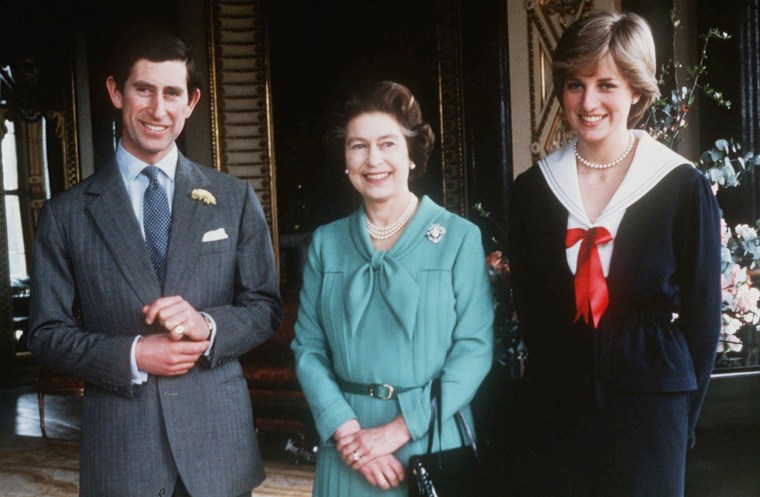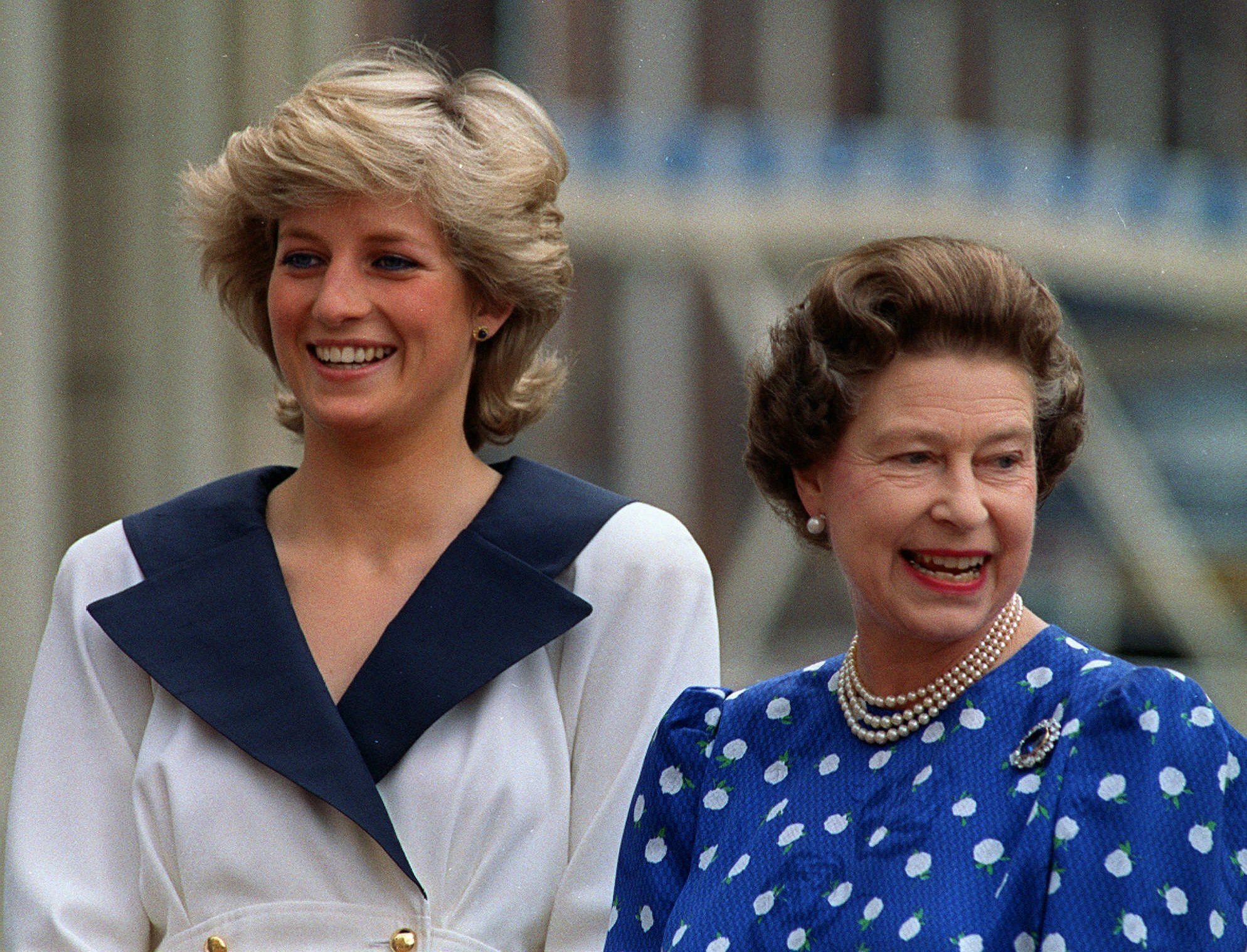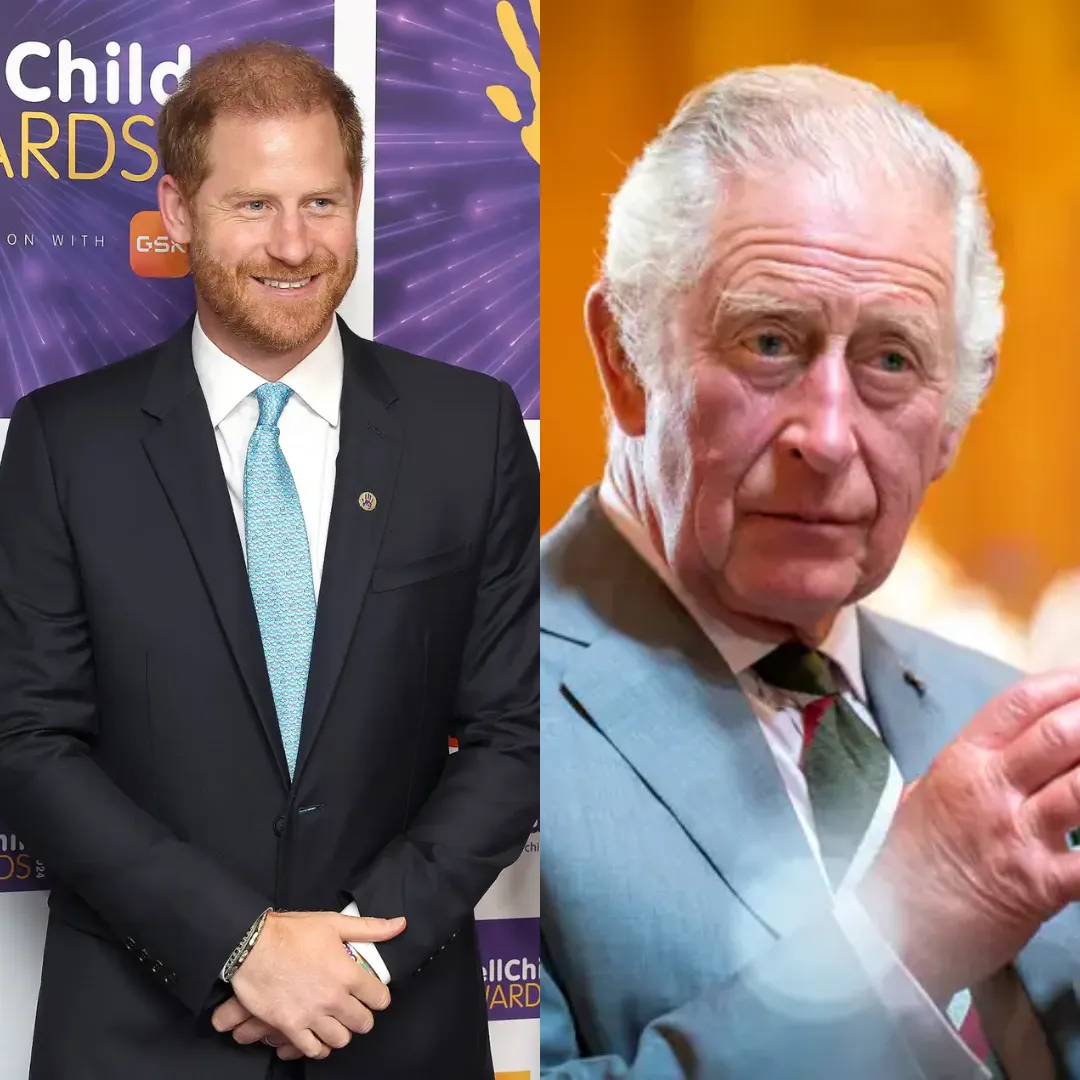The relationship between Queen Elizabeth II and Princess Diana has often been depicted as strained, distant, or even adversarial, particularly in television dramas like The Crown. But while fictional portrayals may emphasize tension, the reality of their dynamic was far more nuanced.
Diana was not just an outsider thrust into an unfamiliar world—she had deep connections to the royal family from childhood. And while their relationship was marked by formality and occasional struggles, it was also one of duty, understanding, and ultimately transformation.
Contrary to what some portrayals suggest, Queen Elizabeth did approve of Diana as a match for Prince Charles. Diana was not an unknown figure to the monarchy—her family had long-standing ties to the royal court.
- Her father, Earl Spencer, had served as an equerry to Queen Elizabeth.
- Both of Diana’s grandmothers were ladies-in-waiting to the Queen Mother.
- She grew up at Park House on the Sandringham estate, where she played as a child with Prince Andrew and Prince Edward.
This background meant Diana was familiar with royal customs and etiquette, unlike the outsider image often attached to her.
Royal biographer Ingrid Seward noted that while Queen Elizabeth never explicitly arranged Charles and Diana’s marriage, she signaled approval “by nod and nuance.” The young, aristocratic Diana was seen as a suitable and respectable choice for the future king.
Diana’s entrance into the royal family was not met with hostility but rather with trust and significant responsibility.
One clear example of this was in 1982, just a year after she married Charles, when Princess Grace of Monaco tragically died. Diana, then only 21 years old, asked Queen Elizabeth if she could represent the royal family at the funeral.
At first, palace officials doubted this would be allowed. Diana had only been a royal for a few months, and such a duty was considered significant. However, the Queen responded with pragmatic support, saying, “I don’t see why not. If you want to do this, you can.”
Diana went on to attend her first solo engagement as a royal, carrying out the role with grace and dignity, earning praise for her conduct. This early example shows that Queen Elizabeth was not trying to hold Diana back but instead was willing to entrust her with serious royal duties.
As Diana and Charles’ marriage began to unravel, the Queen found herself increasingly pulled into their personal struggles.
Biographer Ingrid Seward wrote that Diana would often visit the Queen unannounced, desperate to seek guidance and emotional support. At first, Queen Elizabeth welcomed these visits, believing she could help Diana navigate the difficulties of royal life.
- A palace staff member recalled, “Diana was usually in a lot better mood when she left than when she arrived.”
- However, over time, these meetings became more emotionally exhausting for the Queen.
- In one instance, after Diana had been crying before a meeting, a footman remarked, “The Princess cried three times in half an hour while waiting to see you.” To which the Queen reportedly replied, “I had her for an hour—and she cried nonstop.”
This shows that while the Queen did offer support, she also found herself struggling with how to handle the personal turmoil of her daughter-in-law.
At one point, Diana confided in the Queen about the breakdown of her marriage. According to Andrew Morton, Diana recalled that the Queen sympathized with her struggles but attributed much of the marital difficulty to Charles’ distress over Diana’s battle with bulimia.
While the Queen may not have always known how to help Diana emotionally, she did not reject or dismiss her struggles entirely.
The tragic and untimely death of Princess Diana in 1997 caused one of the greatest crises in the monarchy’s modern history. The royal family faced immense public backlash, with many believing that Diana was never truly embraced by the Windsors.
In the 2017 edition of his book, Andrew Morton noted that Diana’s influence on the royal family was undeniable.
- The Queen learned valuable lessons from how the public connected with Diana, particularly in terms of empathy and public presence.
- The younger generations of royals, including Prince William and Prince Harry, have embraced a more open, approachable style in their duties—a shift that can be largely attributed to Diana’s legacy.
- The Queen herself took a more personal and welcoming role with new royal brides, particularly Kate Middleton (now Princess of Wales), spending more time with her in the early days of her marriage to Prince William.
Morton wrote, “It is noticeable that Queen Elizabeth frequently joined Prince William’s bride, Catherine Middleton, in the early days of her Royal career. Certainly, lessons have been learned—but at a price.”
Diana fundamentally changed the way the royal family engaged with the public, pushing them towards a more modern and emotionally accessible monarchy.
The relationship between Queen Elizabeth and Princess Diana was neither purely adversarial nor deeply affectionate—it was one defined by royal duty, emotional restraint, and shifting expectations.
While Diana struggled with the constraints of royal life, the Queen was not an enemy, but rather a monarch trying to balance tradition with an evolving world.

Even though their relationship was not always warm, the Queen respected Diana, recognized her value to the royal family, and ultimately, learned from her impact.
Diana’s influence lives on through the modern royal family, and while Queen Elizabeth may not have always understood her, there is no doubt that Diana left a lasting mark on both the monarchy and the Queen herself.





-1751725485-q80.webp)

